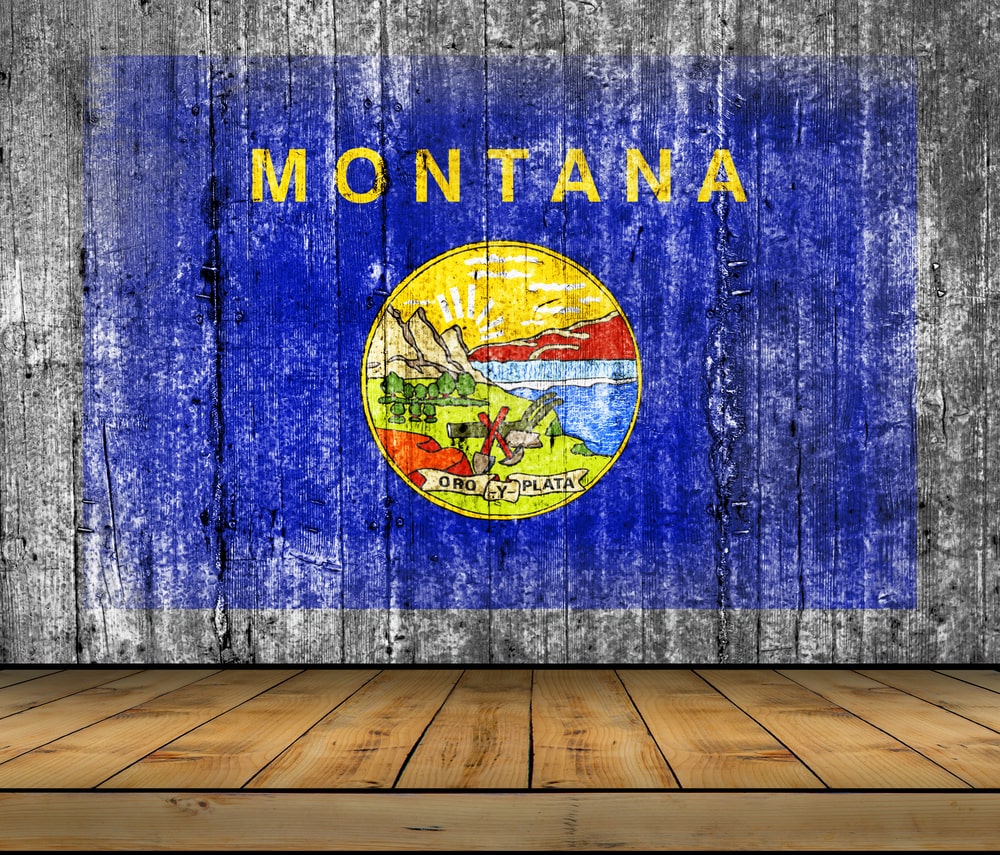Mexican drug cartels are aggressively targeting Montana, flooding the state with fentanyl and methamphetamine while establishing operations on Native American reservations, where law enforcement presence is limited. In March 2020, former Mexican police officer Ricardo Ramos Medina was apprehended with 2 pounds of methamphetamine during a traffic stop in Butte, Montana, exposing a drug trafficking ring that supplied significant amounts of meth and fentanyl-laced pills to the state.
The allure of Montana for cartels lies in its lucrative drug market, where pills fetch prices up to 20 times higher than urban areas closer to the border. This profitability has led to a surge in drug-related crimes and overdoses, particularly on Indian reservations, where tribal leaders report escalating problems. Cartel associates often exploit vulnerabilities within these communities, forming relationships with Indigenous women and luring locals into becoming dealers by providing initial drug supplies.
Law enforcement faces significant challenges in combating the drug trade in Montana, with vast, sparsely populated areas and under-resourced tribal police forces. Despite these obstacles, recent efforts have led to significant busts, including the dismantling of a drug-trafficking ring tied to the Sinaloa cartel. However, ongoing investigations reveal continued cartel activity, with allegations of Native Americans being used as pawns in the drug trade.
Montana’s drug crisis is further exacerbated by the introduction of fentanyl, which is cheaper to produce and deadlier than methamphetamine. Cartel operations in the state, primarily controlled by the Sinaloa and Jalisco New Generation cartel (CJNG), have grown bolder over the years, targeting vulnerable individuals and expanding their influence. Jurisdictional complexities on reservations hinder law enforcement efforts, allowing cartels to operate with relative impunity.
The devastating impact of the drug epidemic is palpable, with communities like the Blackfeet Reservation and the Northern Cheyenne Reservation witnessing a surge in overdoses and violent crime. The lack of adequate resources and law enforcement exacerbates the situation, prompting some tribal members to form vigilante groups in a desperate attempt to address the crisis. Calls for government intervention and support have intensified, with tribes filing lawsuits against federal agencies for failing to provide essential law enforcement services.
Montana’s battle against Mexican drug cartels underscores the urgent need for collaborative efforts to address the root causes of drug trafficking and addiction. Despite recent successes in law enforcement operations, the pervasive influence of cartels poses a persistent threat to the state’s communities and Indigenous populations.
Source: Adapted from NBC News



